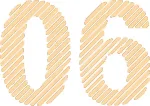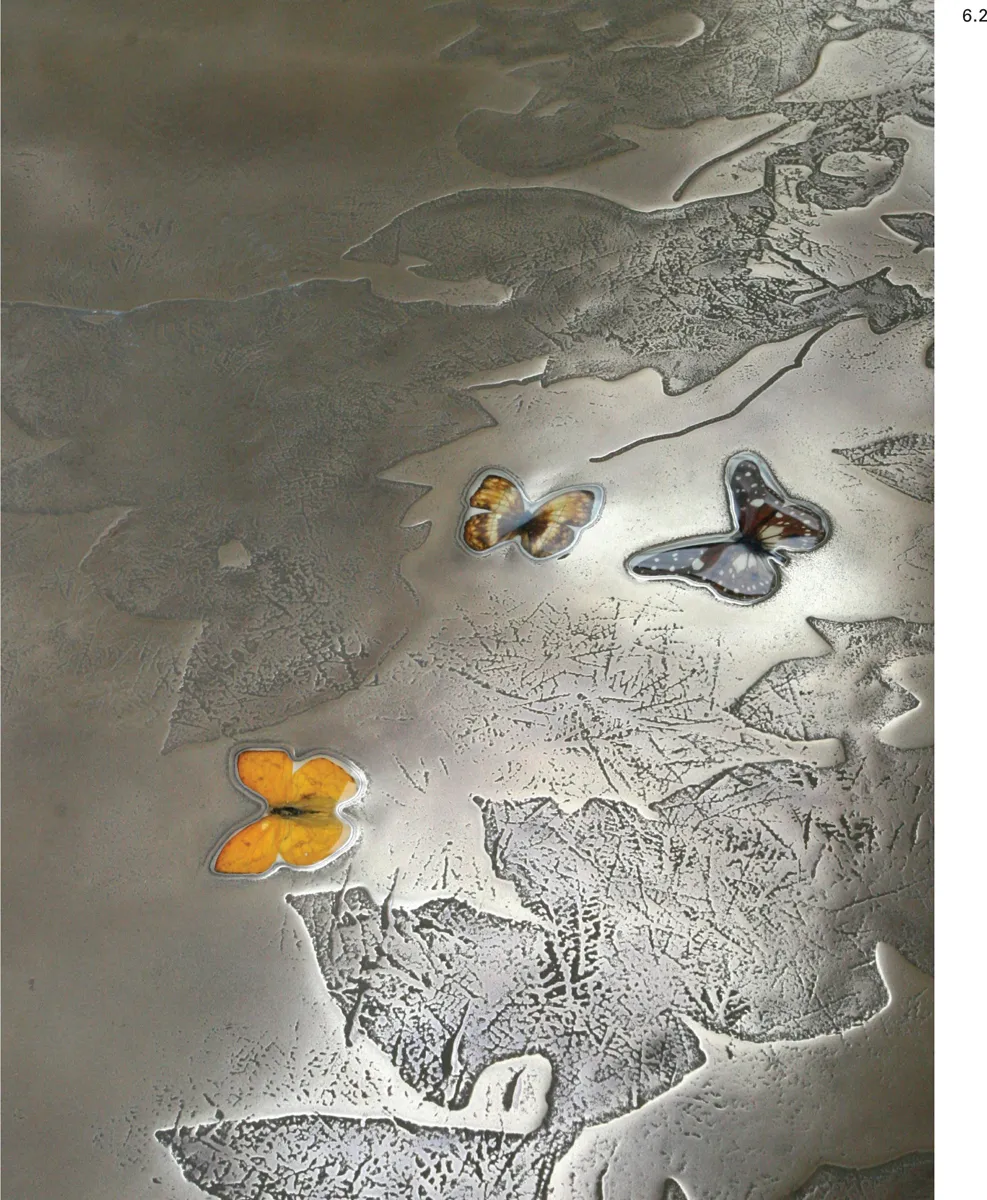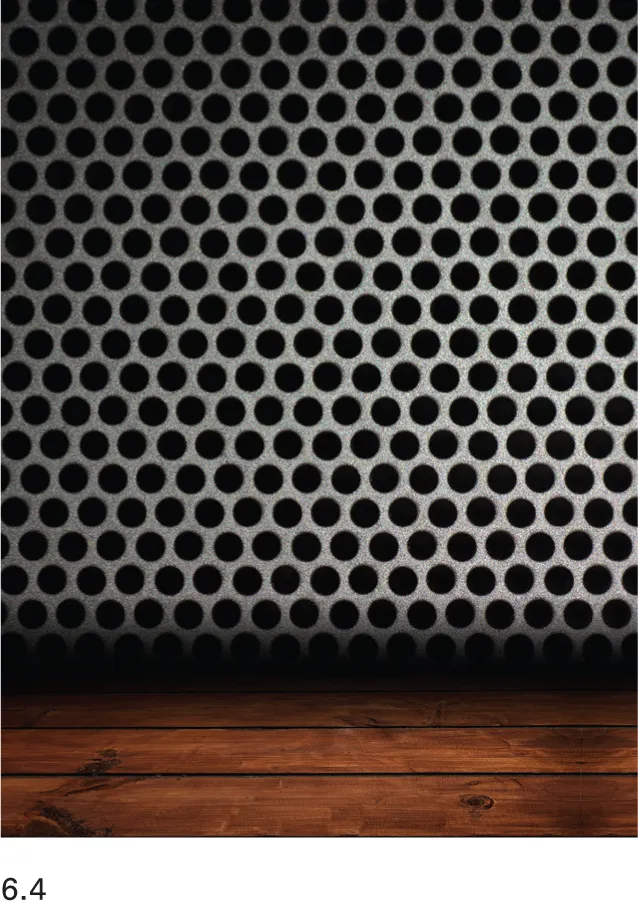![]()
The Human Interface
In earlier chapters, we have looked at the creation of a successful three-dimensional design for a space. What we have not looked at so far is the decorative scheme. The term is actually slightly misleading; the dictionary definition of the word “decorative” suggests that decoration by itself is shallow and vacuous, with no useful purpose. In interior design this is not so, as it is the decorative scheme that adds those elements that complete the sensory experience. Interior design gives purpose to decoration. It adds texture, light, and color. It can help bind the different elements of a design together, or it can introduce interest through variety. The selection of furniture, finishes, fabrics, and hard materials is another major opportunity for you to make your mark on the project.
This chapter looks at the different aspects of the decorative side of interior design and focuses on the user’s experience of the space—particularly the way that sight, touch, and sound define that experience as the prime communicators of the designed environment—the interface between the user and the space.
6.1 The use of a limited palette of materials enhances the overall space in this modern living room and allows the light and textural qualities to provide focus and interest. The simple geometry together with bold-shaped furniture enclose and divide the space.
Materials and finishes
Every single part of an interior has a job to do and it needs to be fit for purpose, but each part also has aesthetic properties as well as practical ones. The practical considerations may well define our choices to a great degree, but there will usually still be some flexibility in that choice, and this is where our imagination and creativity can be used to good effect, particularly with regard to our choice of surface treatment.
Selecting materials
What is so special about materials and finishes? Why do some designers find the search for new and innovative materials such an exciting part of the job? It is because materials have the unique ability to help us connect at an elemental level through touch and sight with the intent and soul of a project. The look or feel of a material can communicate mood and emotion in a very special way. Natural materials (wood and stone, for example) suggest a certain quality and honesty about the design, whether or not the materials are expensive. In addition to this emotional response to materials, the designer needs to consider the practical aspects of the material choice, but this is another instance where it is the designer’s responsibility to find the balance between practicality and aesthetics.
Precisely which materials should be chosen will be guided very much by the feeling that the designer wants to create, and it is the concept that will provide the lead for this.
When working through the practical needs of the design solution, it is unlikely that you will find that there is just one single material that will be suitable. There may well be two or three materials that could be used equally successfully, so you have the opportunity to work through the different options and decide which material will create the best aesthetic impression.
A diverse but harmonious selection of materials that beautifully express their natural features provides a richness to the scheme that in some cases obviates the need for superfluous decoration. Honest materials that are simply expressed are a delight to see and touch. These qualities may not be readily apparent in the planning stages of a project, but they should be considered as early as possible if their impact is to be maximized.
6.2 The reflective surface and depth of color create a mysterious and intriguing feel to this table by Based Upon. The handcrafted feel of the piece adds to its allure.
Core materials
While a countless number of individual materials could be specified, the core categories of hard materials to be considered for their decorative as well as practical properties are stone, wood, metal, and glass. Designers should consult with suppliers before specifying materials to ensure they are fit for purpose. Suppliers can also advise how materials can be shaped, fixed, and finished.
Stone
Stone provides a real connection to “earth” and has an open, honest quality. Often, limestone, slate, granite, and marble are the first choices of stone, but even within these basic forms the variety is infinite. Different surface finishes provided by the supplier can show off the natural pattern to great advantage, and they may also have practical properties (slip resistance, for example) that should be considered before specifying.
6.3 Specialist finishes add a distinctive feel to an interior scheme by Based Upon. Commissioning pieces from craftspeople allows the designer to inject a unique element into a scheme.
6.4 This metallic surface has pattern and texture. Materials such as this can be used in many applications, for example as surface decoration and applied to walls.
Wood
Wood is another elemental material that connects us to nature. Broadly speaking, wood may be supplied as solid timber cut straight from a felled tree, or it may be in the form of timber products, such as plywood and MDF (medium density fiberboard), where the raw timber has undergone some form of processing. Timber products (sometimes called “panel products”) can have many different surface treatments applied (real wood veneers, spray paint, powder coating), but their use can feel “cheap” and dishonest to some clients. Wood has a warmth and beauty that is quite unique.
6.5 Beautiful and simply expressed materials are powerful tools for the designer and can evoke all sorts of responses in the viewer. Here, the rosewood face of a peninsular kitchen unit meets the terrazzo floor. A small separation between the two materials allows the inclusion of concealed lights, making the unit appear to float over the floor.
Metal
Metal finishes can be supremely practical in some situations and they can also be very decorative. Different types of metal have different visual qualities that the designer can exploit. It gives an interior a sense of modernity, strength, and usually also a masculine edge. Some surface finishes are not as durable as might be imagined, so careful selection is needed. Fabrication of some items can also prove costly and time-consuming, and it pays to work closely with the people that know this material well from the outset.
6.6 Architectural metal mesh is a relatively new material that has many decorative and practical possibilities. The meshes come in different weave patterns, and many can be wrapped around a structure or suitable framework.
Glass
As long as the proper precautions are taken, there is no need to fear the use of glass in interiors. It can be costly, but technology allows for the use of glass as semi-structural elements, which can look stunning and provide the perfect foil to other materials specified within a scheme. Again, the designer must make use of the technical expertise of the supplier.
6.7 Concrete, usually considered a utilitarian and coarse material, is made delicate by this lace-patterned surface on precast concrete. Any discord between our expectations of a material and the reality that we come across peaks our interest and fascination with the material. Concrete is a material with lots of possibilities that can be used in various interior applications.
6.8 The lower floor of this London restaurant is intended for private functions; hence, it is more moody and intimate than the floor above. The brass screen on the staircase picks up the flickering flame of the mirror-framed fireplace that is the focal point of the room. This is a good example of a rich but well-balanced palette of materials.
Textiles
Humans have used textiles (materials composed of fibers) in various forms for thousands of years. The majority of textiles are woven, and the earliest evidence of weaving comes from impressions of textiles, basketry, and nets made on pieces of clay that date back 27,000 years, though weaving on a practical scale developed around 5,000 years ago in Egypt.
Within interiors, textiles are generally apparent in the form of soft furnishings and window treatments. Although alternatives to textiles do exist, they are still the obvious choice when a flexible material is required for furniture manufacture or to provide control of light at a window. Their flexibility and pliability mean that they are comfortable and easy to work with. But textiles are not just a practical solution to a need; they introduce a tactile quality that adds another dimension to the palette of materials associated with a decorative scheme.
They can do great things for our senses; they catch and turn light, and they create dramatic shifts of light and shade, introducing rich texture as they hang in folds. Fabric can be used within the scheme to tell a story: shimmering surfaces of crushed velvets stir memories of grass waving in the breeze, while almost invisible sheers tell a story of soft mist on a summer morning. Fabric can be a way of capturing delightful experiences from real life, and i...









